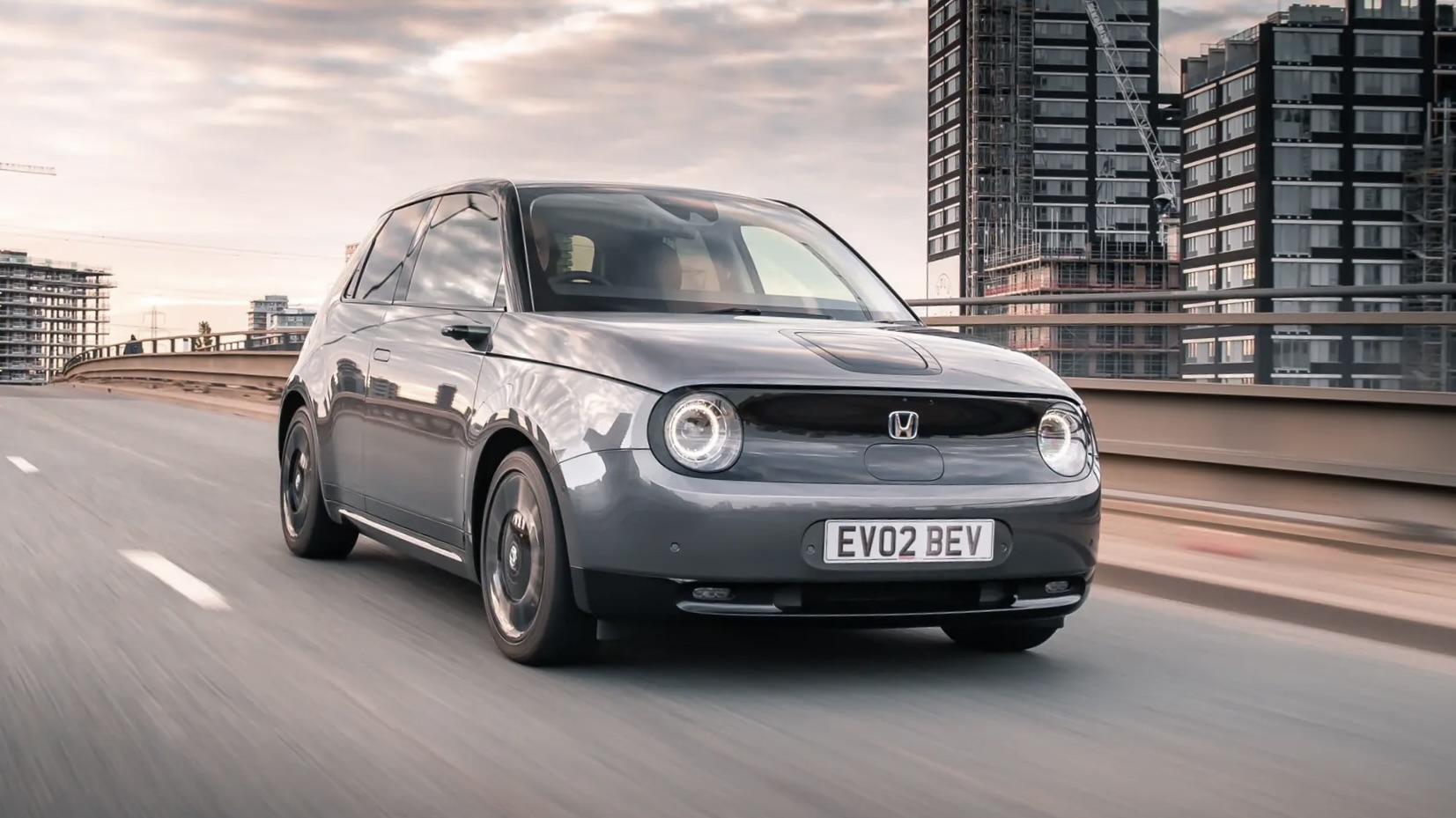Located in Vindhya Hills of Central India in Madhya Pradesh, Bandhavgarh National Park derives its name from an ancient fort ‘Bandhavgarh’, perched on a hilltop in the middle of the park. Spreaded over total area of @450 Sq Kms, with core zone of just 105 Sq Kms, makes Bandhavgarh is one of the smaller tiger reserves in India compared to its larger counterpart in Kanha 255 kms away.
Forest around Bandhavgarh was a popular hunting ground for Maharaja of Rewa, which was later handed over to the state government for Tiger conservation. The ruins of the fort make great hideouts for wild animals. After the success of Project Tiger, Bandhavgarh National Park is considered to have the densest population of tigers in India, making it easiest place to spot tigers in India.
The wild life:
The National Park is home to wide variety of animals and birds, including Royal Bengal Tigers, Leopards, Jackals, Hyenas, Sloth bears, Spotted deer, Chinkara, Langoors and Nilgai.
Jungle Safari:
For safari purpose, Bandhavgarh National Park is divided in to 3 areas of Tala, Maghdi and Khitauli zones. Most of the jungle is covered with dense Sal and Bamboo vegetation, but grasslands can be found on higher planes. Spotting of animals & birds can be explored using open air jeeps. Lush green foliage and rocky terrain make these jungle safaris a thrilling experience!
Safaris can be taken in the early morning at the break of the dawn as well as in the late afternoon leading into dusk. These are the best time zones when animal activities and movements are at peak.
Besides spotting wild life during jungle safaris, one can also visit ‘ Bandhavgarh’ fort to explore the ancient ruins. The fort is considered to be almost 2000 years old and has been mentioned in some of the ancient Hindu texts. ‘Shesh Shaiya’ is another place of interests inside the park, where a 65 feet long statue of Lord Vishnu is found reclined horizontally, on a seven headed serpent, called Shesh Naag. River Charanganga originates from this point. The river gets its name from shallow water levels, which come only up to one’s feet (Charan)! Mahouts gather around Charanganga in the morning to bathe their elephants, and it is makes a visual delight for wild life enthusiast while returning from an early morning safari.
Best time to Visit
The park is open to visitors from 15th October to 30th June. The best time to visit Bandgavgarh National Park is during late November and Late march when the weather is not too cold or hot, and the number of tourists are less as there are no long holidays around that period, like any other National Parks in India.
Tiger sightings are relatively easy in April & May because of the drying of some vegetation. Unlike Kanha, thick forest of Sal in Bandhavgarh keeps it cooler in compression, during summer months, though high humidity levels in May and June are not as welcoming.
Tips:
The safaris should be booked well in advance to avoid disappointment at a later stage. The number of jeeps allowed in the park has been reduced drastically and chances are that one may not get any safari under current booking during heavy tourist seasons.
Elephant safari should be considered only if the tiger or any wild animal is spotted in a particular area of the park. This is when the Forest Department organizes ‘Tiger Show’ for a closer look at the wild animal.
Stay at one of the properties of Madhya Pradesh Tourism Corporation, situated right inside the core zone of the park, animals can be heard and spotted right from the resort balcony. It completes a true wild life experience.
Do make friends with one of the guides or resort owners and spend an evening of ecstasy around bon fire, listening to their stories of fights between tiger & a bison, a leopard chasing a bison or a leopard stealthily following one of the forest guards on duty!
How to get there:
Bandhavgarh is accessible by road from towns of Jabalpur, Satna, Umaria and Khajuraho. Jabalpur is 200 kms from Bandhavgarh, and it is one of the main cities with the nearest airport. Umaria is 35kms away and is the closest railway station from Bandhavgarh. Umaria is well connected by train with major cities by train. One can also travel from Kanha National Park, which is 250kms away; though it is not advisable as the road conditions are very poor.
DOs and DON’Ts of Wild Life Viewing for National Parks in India:
1) It is advisable to take open air jeeps or cantor safaris, instead of taking personal vehicles. Chances of spotting wild animals are far greater by driving slowly in open air vehicles than in a super cool fancy SUV.
2) Hiring a guide is must in almost all the national parks. Guides and jeep drivers are well versed with jungle terrain, trails and are well experienced in spotting animals and birds in the forest. It makes sense to hire their services and trust their instincts.
3) Camouflage outfits or earthy/ neutral colors are best suited while in the jungle. Bright colors can alarm the wild beasts, and they should be left behind for a beach vacation!
4) Patience is one of the most important requirements, while visiting any National Park. One may have to wait for hours before spotting a wild creature. It is advisable to trust the guide and keep calm as they have the eyes and ears to sense the presence of any wild animal around.
5) It may even take more than one safari to spot wild animals in larger parks. Jungle safari is not only about spotting a tiger or a leopard. There are many other fascinating animals and birds that can make these safaris interesting. Driving through Lush green vegetation and rocky terrain provides a unique experience.
6) Keeping calm is extremely vital in the forest. It is not your home! Noise or hyperactivity could disturb the movement of animals and scare them away, or in worst case, alarming them could jeopardize the wild life experience for others as well.
7) Getting down from the vehicle is absolutely forbidden in any wild life sanctuary. Respect the rules of the jungle. The guide can direct you when and where it s advisable to get off the vehicle.
8) In case of spotting a tiger or any wild beast, keep safe distance, so not to disturb the animal. Getting off the specified trails is not advisable; it may disturb the flora and fauna of the jungle.
9) Stories from the previous sightings can be discussed later while lounging around the bon fire in the evening. While in jungle, stay alert and focused to maximize chances of spotting various creatures/ birds and enjoy the nature at its best!
10) Do not forget to carry binoculars, it will help in not only spotting birds but also in spotting presence of any wild animal or fort ruins in the distance.
11) Avoid littering around in the forest. Carry an empty bag to bring the rubbish back to the hotel.
12) Smoking or lighting fire is prohibited inside the jungle; a little mistake can bring the forest down in no time.
13) Respect park entry and exit times. Driving around forest after sunset can be dangerous for self and for the animals.
14) Photography enthusiast must carry all the possible equipments to avoid disappointments. Ensure smooth and soft movements while changing lenses, avoiding any noise or disturbances to not only animals but fellow passengers as well.
15) Morning safaris in open jeeps/ cantors in winter can be very painful with frosty air piercing through the body. The best would be to wrap up in a blanket from the hotel room! It is advisable to carry extra layers, gloves, mufflers even during evening safaris to protect against the chills on the way back.
16) During summer months it could get extremely hot inside the forest. It is worthwhile to carry hats, light scarves, sunglasses and extra bottles of water.
Tiger Sighting Experience!
The experience of a tiger sighting starts with listening to bird calls and monkey calls. One can hear hyper activity and chatter of birds and monkeys in a particular area, which is a signal that an animal is lurking somewhere close by. These calls help deer and other animals to be on guard and change their course. Spotting pug mark is another sign of the presence of a wild animal. Guides and drivers are skilled at identifying these pug marks and follow the route which the animal may have taken. Presence of a carcass or any dead deer or monkey point towards when the beast had its meal and if it is going to visit the same area soon. Loud growling or snarling sounds are a sure shot indication of presence of a Tiger! These are some of the things which make tiger sighting an exhilarating experience!




More Stories
Motor City Auto Sales Drive Away in Style and Savings
City Motors Auto Sales Top Deals for City Cars Today
City Car Safety Ratings Top Picks for Secure Urban Drives